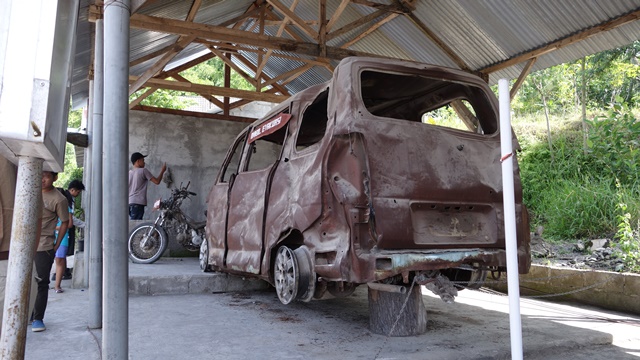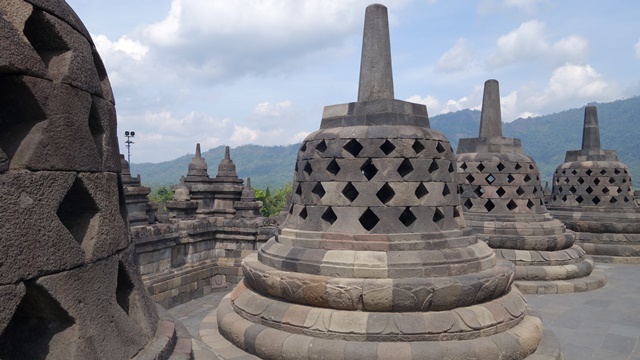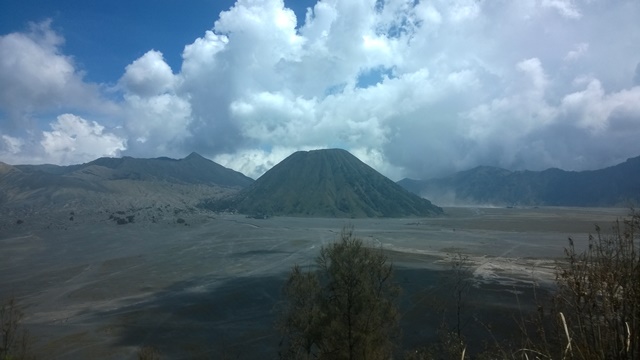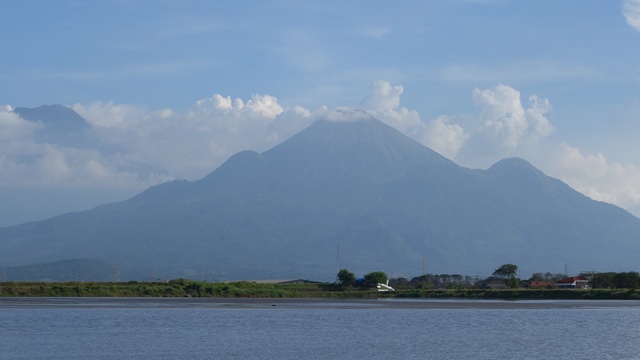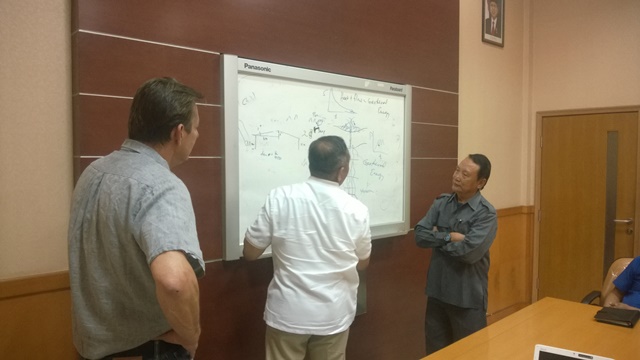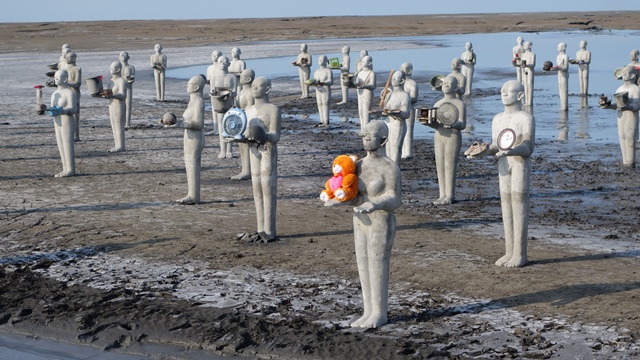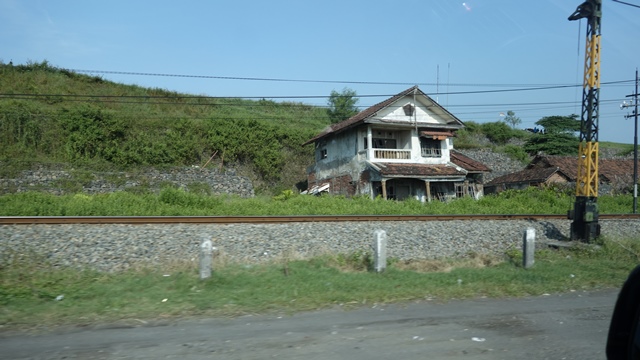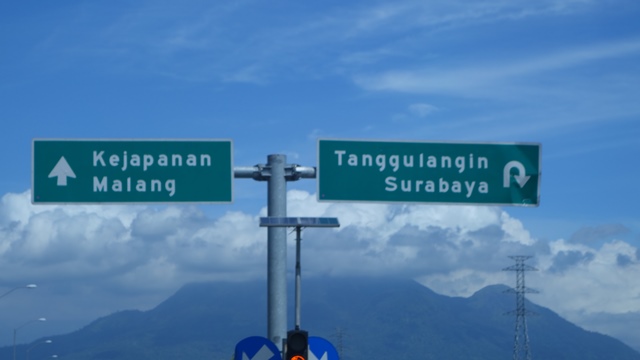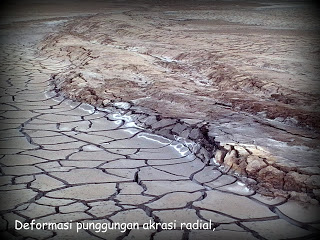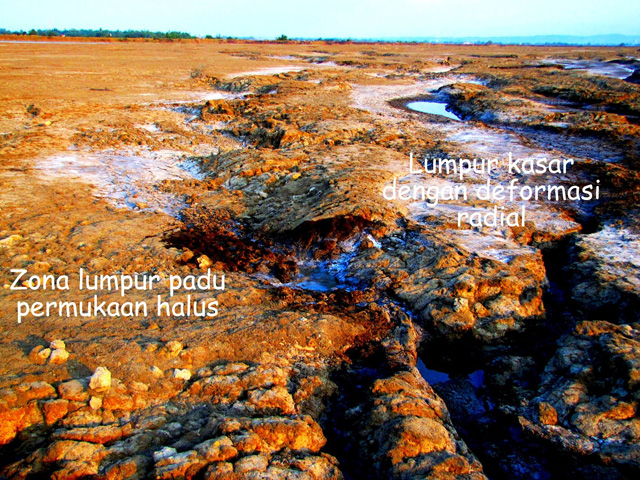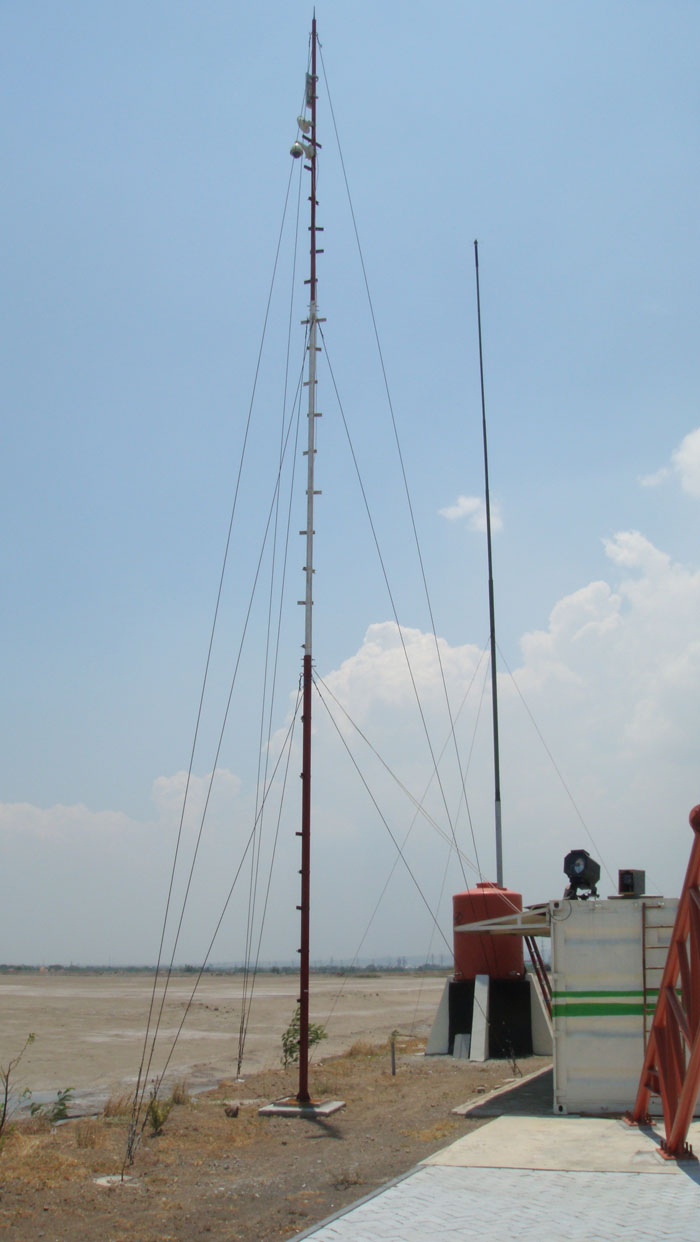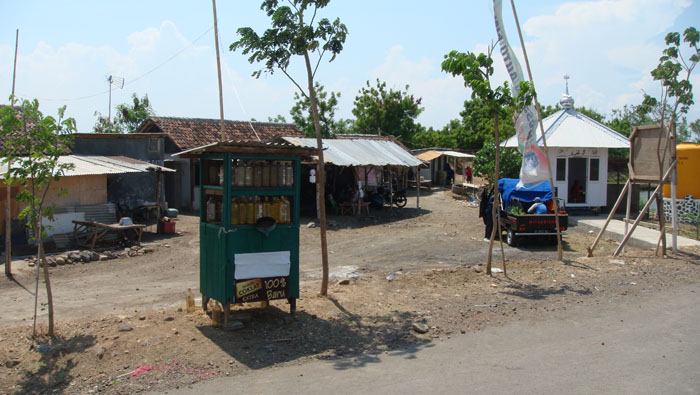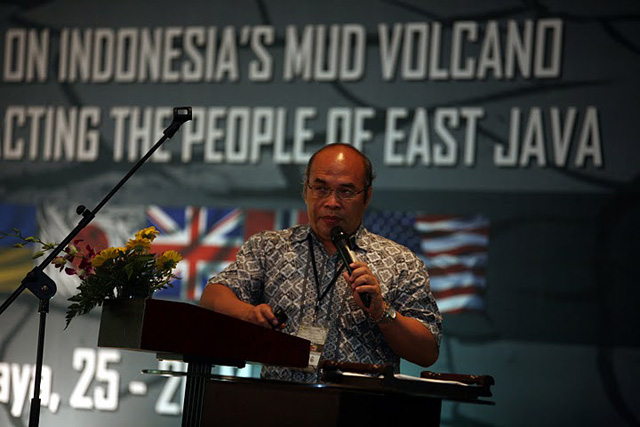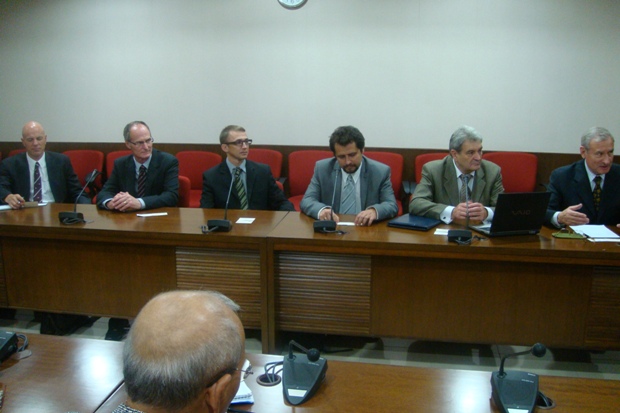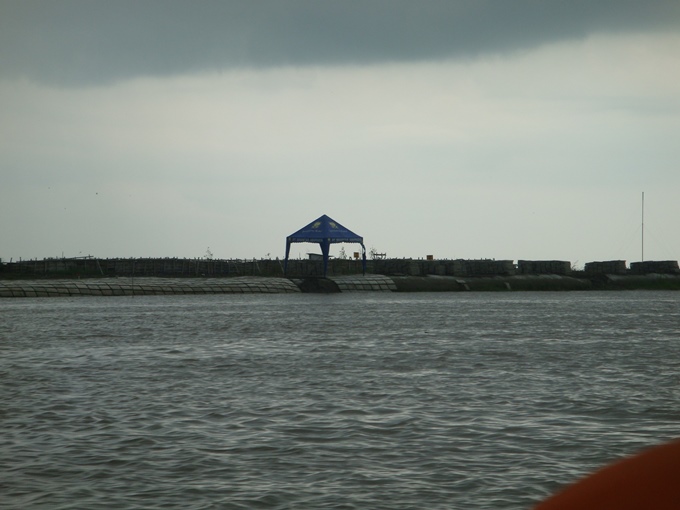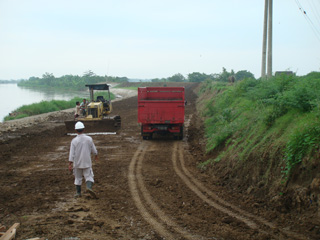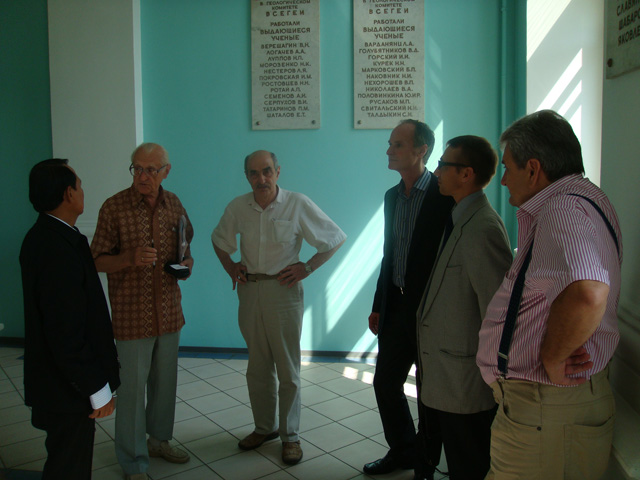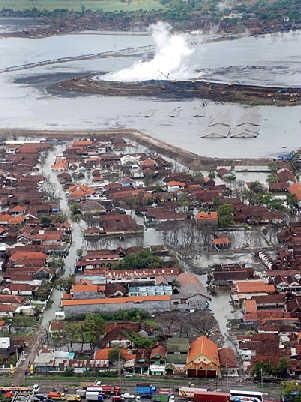Final presentation in Indonesia by Prof. Miller and Prof. Prasetyo at Ministry of Energy and Mineral Resources - MGI - Bandung, on Lumpur Sidoarjo Bonn/ETH-Zurich research published in Nature Geoscience July 2013 that concludes the Lusi mud eruption is a natural disaster and a geological rarity of a newborn, tectonic-scale hydrothermal system triggered by the Yogyakarta earthquake.
Hosted by Dr. Susilohadi - Director - MGI
Speakers: Prof. Hardi Prasetyo, Prof. Stephen Miller, Jeffrey Richards
Attended by leading Indonesian scientists and heads of University of Technology Bandung (UTB) Ministry of Energy and Mineral Resources, PPPGL Marine Geology Institute, Indonesian Geological Agency, University Padjadjaran (UNPAD)
The consensus is now official and the cause of this disaster is no longer up for discussion!
Presentations of Lumpur Sidoarjo research paper by Prof. Miller and Prof. Prasetyo at University Gadja Mana (UGM) - Yogyakarta.
Hosted by Prof. Dr. Ir, Sutanto (Direktor) and Prof. Bambang Pratisto (Head of Geology Faculty)
Attended by BPLS Head of Operations, Soffian Hadi, HSF Executive Director, Jeffrey Richards and PhD students from UGM
As guests of Dr Hanik Humaida (Head of Merapi Volcano Monitoring Centre, Geochemist at Centre of Volcanology and Ecological Hazard Mitigation - Geological Agency of Indonesia) Prof. Stephen Miller, Prof. Hardi Prasetyo and Jeffrey Richards toured Merapi Volcano monitoring station near the foot of the volcano.
Of the many questions asked during the visit, the one that brought the greatest amusement to those gathered had to be - "so, was the 2010 eruption of Merapi caused by drilling"?
Since the 2010 eruption of Merapi Volcan, near Jogjakarta, a tourism centre has been established and is proving popular with local and foreign tourists. The eruption killed 300 people whilst 400,000 were evacuated to temporary camps. The 300 deaths were due to the pyroclastic blast which travelled at a speed of 200 km/h. The ensuing lava flow was 15 km long by 5 km wide.
Borobudur is a 9th-century Mahayana Buddhist Temple in Magelang, Central Java, Indonesia. The monument consists of six square platforms topped by three circular platforms and is decorated with 2,672 relief panels and 504 Buddha statues. A main dome, located at the center of the top platform, is surrounded by 72 Buddha statues seated inside a perforated stupa. It is the world’s largest Buddhist temple, as well as one of the greatest Buddhist monuments in the world.
Prof. Stephen Miller, Prof. Hardi Prasetyo and Jeffrey Richards were treated to an afternoon of tourism at Borobudur Temples as a guest of Dr. Hanik Humaida. After spending one week visiting natural disaster sites and seeing nature hard at work it was refreshing to have the opportunity to actually visit one of Indonesia's man made wonders.
Presentation on research paper "Quake trigger for the Lusi mud eruption" published in Nature Geoscience at Bapel BPLS Head Office to senior East Java scientists, LUSI PhD students and Head of East Java Provincial Government - Energy and Mineral Resource Agency, Dewi J. Putriatni
Site visit to Bromo Volcano and volcano seismic monitoring centre with Prof. Dr. Hardi Prasetyo, Prof. Dr. Stephen Miller and Jeffrey Richards
Site visit to Lumpur Sidoarjo with Prof. Dr. Hardi Prasetyo, Prof. Dr. Stephen Miller and Jeffrey Richards
Presentation of research to Bapel BPLS Heads of staff and site tour of Lumpur Sidoarjo
HSF-BPLS field trip to observe current situation with relocation of those affected by Lumpur Sidoarjo
Day 1 HSF-BPLS field trip to Renojoyo Village - Government village for relocated refugees and internally displaced persons affected by Lumpur Sidoarjo mud eruption
HSF-BPLS field trip to Pulau Lumpur (Mud Island). 94 hectares of pristine mangroves, trees, bird life, abundant fish and even a fresh water well with drinkable water
HSF / BPLS field trip to Pulau Lumpur - a mud island being built at the mouth of the Porong River from Lumpur Sidoarjo mud. At the time of visiting the island already covered some 83 hectares and the planting of mangroves had recently commenced. The mud from lumpur Sidoarjo has had no enviornmental effects contrary to media reports. Local fisherman were witnessed hauling in their daily catch and freshly caught giant prawns from the river were cooked for the team at Tclor, near the boat jetty.
Following images courtesy of National University of Singapore
Centre for Remote Imaging, Sensing and Processing






